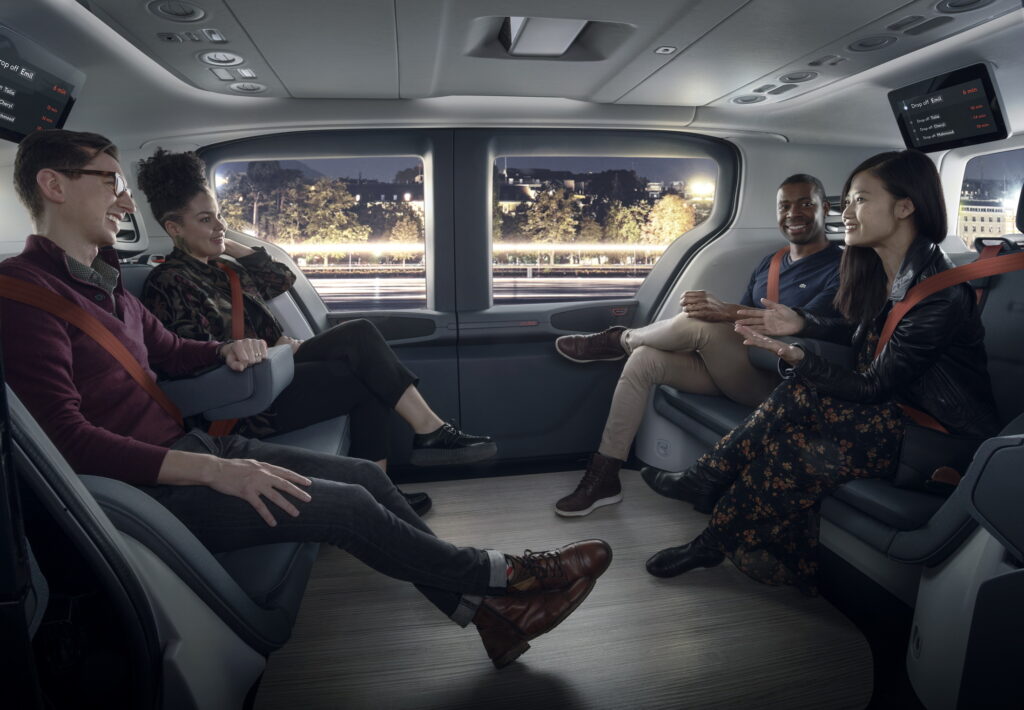Streamlining AV Regulations

The National Highway Traffic Safety Administration (NHTSA) is rolling up its sleeves to make life a little easier for developers of autonomous vehicles (AVs). By modernizing the Part 555 exemption process, the administration aims to tackle bottlenecks in getting next-gen AVs on the road faster. With these changes, vehicles that lack a steering wheel, mirrors, or traditional driver controls might soon become a more common sight on American roads.
The Need for Speed

For years, developers of autonomous technology have faced a sluggish approval process, causing frustration and even causing some companies to abandon promising projects altogether. Recognizing this, NHTSA is updating the Part 555 exemptions, which were originally designed for conventional vehicles, not those outfitted with Automated Driving Systems (ADS). By refining this approach, they hope to accelerate the rollout of AV technology safely.
The Cruise Origin Saga

Take General Motors’ Cruise Origin as an example—developed as a driverless pod, it was supposed to revolutionize urban transport. However, GM ended up shelving the project, partly due to the lengthy time it took to secure necessary exemptions. GM had petitioned for a temporary waiver of six specific safety requirements which the Origin’s design purportedly rendered unnecessary. Yet, the process was bogged down by outdated regulations not tailored to this new form of transportation.
Regulatory Tweaks

Under the revised framework, more comprehensive guidelines and a flexible evaluation system are being introduced. These changes are directed at mitigating long review timelines that have historically restricted AV development. It’s basically about taking a more nuanced and dynamic approach to regulating a technology that’s anything but conventional.
What’s Next?
Even with these improvements, the caveat is that manufacturers can only sell up to 2,500 AVs annually that don’t strictly conform to federal safety norms. Manufacturers must prove that these vehicles match traditional cars in safety performance and serve public interest. While this sounds like red tape, it’s actually a gateway for innovation by establishing a controlled environment for AVs to operate while meeting safety benchmarks.
Driving into the Future
One step closer, yet still a few hurdles away, these AVs hold promise in redefining personal and public transport. As automakers harness this regulatory flexibility, the driving experience in an automated vehicle will likely be different yet intriguingly sophisticated. Compare the sensation to transitioning from using a flip phone to a smartphone; the core function remains, but the experience is drastically transformed.
In essence, AV developers should be cautiously thrilled. This marks a forward-thinking regulatory shift that welcomes innovation, paving the way for a safer, more efficient transportation future.
McLaren P1 Listed
Rare R34 GT-R Clubman
Corvette Zora Unveiled
The Bolt is Back
Ferrari SF90 Spider